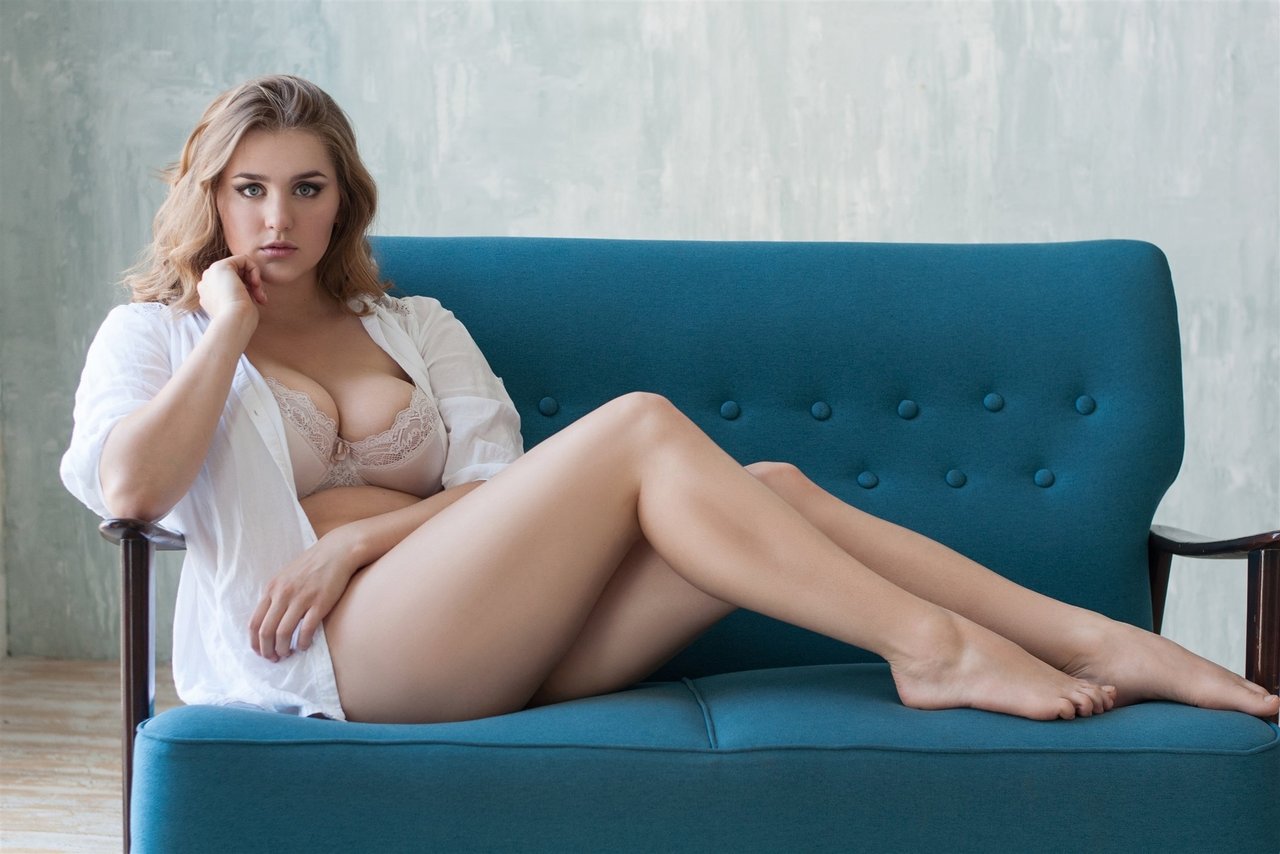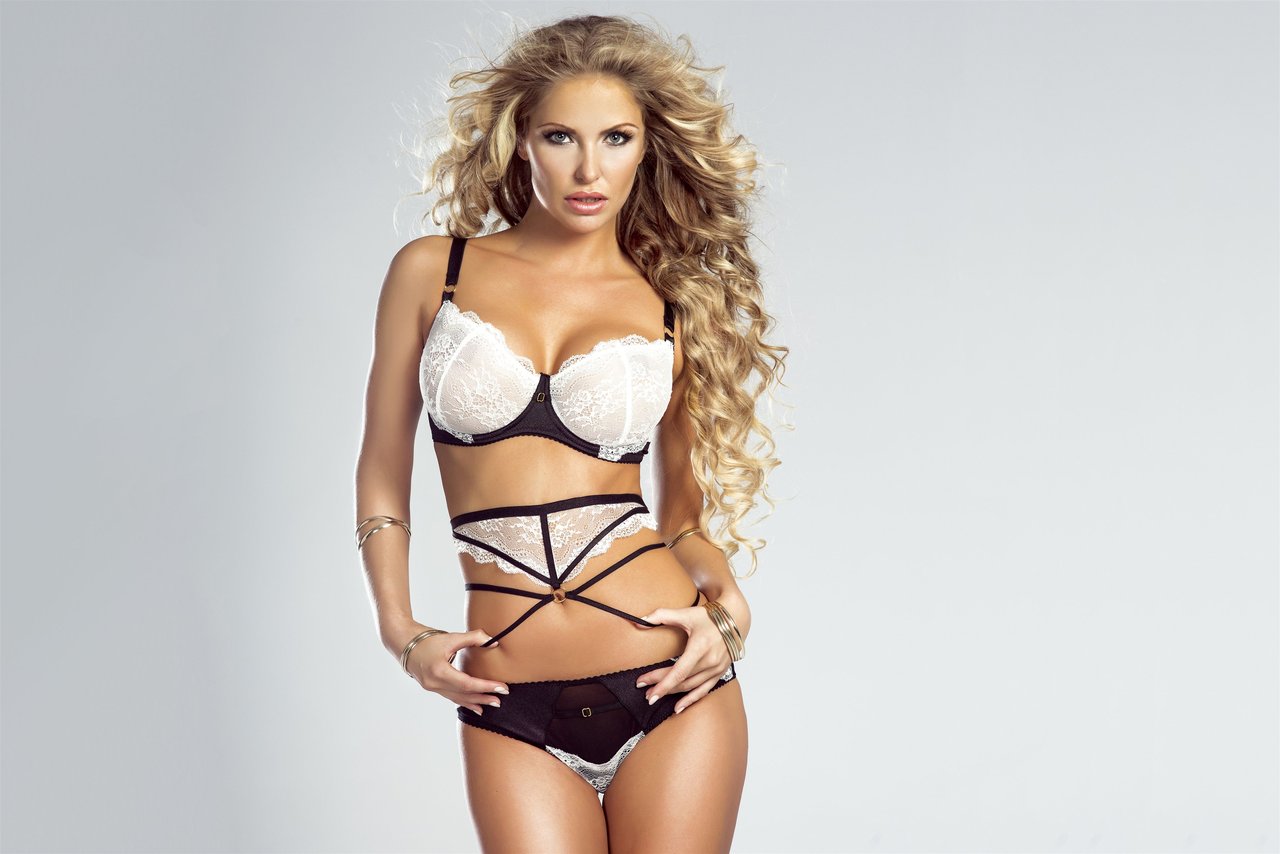Most Popular Bisexual Haircut Styles and Their Unique Appeal
Every time you step in front of the mirror, your hair says something before you even speak. No wonder the bisexual haircut becomes more than a trend—it's a living badge for those navigating the crossroads of identity, attraction, and culture. For the bisexual community, haircut choices like the bisexual bob, femme undercut, and the colorful crop aren’t just aesthetic—they anchor queer symbolism, comfort, and a truth that’s hard to put into words. As the world shifts toward more visibility for LGBTQ+ representation, bisexual haircut styles have surged in unique forms, each with its own message.
Short bisexual bobs can be sleek, tousled, or sharply defined, reflecting both individuality and bi-representation. Femme undercuts let you reveal or conceal, depending on how much of yourself you want to show that day—a gentle rebellion in a single swipe. The colorful crop goes further: it’s your own signal flare saying you’re here, proud, and don’t care who’s watching. Each of these styles—subtle, bold, or somewhere in between—are tools for self-expression that reach past fleeting trends.
In the end, a haircut for bisexual identity isn’t about looking different for the sake of it. It’s about seeing your own reflection and finally saying, “There I am.” Think about the power in that choice—the control, the courage, the gentle defiance. A single haircut can mean acceptance, pride, or just the start of being truly seen.
The Bisexual Bob—Classic Lines, Modern Queer Representation
Tracing the bisexual bob is like running your fingers along decades of bold reinvention. Originating in the flapper era of the 1920s, the bob was an act of defiance even then. Today, the bisexual bob stands not just as a haircut but as a symbol—a shape-shifting classic now synonymous with bi-representation hairstyles and broader LGBTQ+ identity. It shows up in countless Instagram trends, transforming with every generation yet holding on to its fearless, versatile nature.
The bisexual bob history shines through in subtle ways: from straight, jawline-grazing cuts to layered, choppy versions beloved by TikTok creators and indie influencers. Depending on how it’s styled, the bob can radiate femme softness, androgynous edge, or a clear signal of queerness—an answer without a single word. The beauty of bob variations is how they flex for individual hair types: blunt for thicker textures, angled for fine or wavy strands, and colored or undercut for added attitude.
What sets the bisexual bob apart isn’t just how it frames the face, but how it frames your entire sense of self. Under the surface, it’s more than a trending shape—it's a living piece of bisexual haircut heritage, marking moments of coming out, visibility, or just self-acceptance. The bob’s evolution reflects our digital era: a marker for how queer haircut meanings travel across Tumblr, Instagram, and back into barbershops everywhere.
Popular Bisexual Haircuts—Styles and What They Stand For
Finding your go-to look among popular bisexual haircuts is like pulling layers off your own identity. Here are five beloved choices and what they represent in queer communities:
- Bisexual Bob – Timeless and intentionally ambiguous, this style is both classic and disruptive. It symbolizes strength, self-definition, and visibility for those who want a blend of tradition and edge.
- Femme Undercut – Shaved underneath but often styled with soft, flowing layers above. Offers a way to conceal or flaunt your queerness, reflecting comfort and resilience.
- Colorful Crop – Neon pinks, blues, or bi-flag shades send a direct message: “This is who I am.” It's bold, loud, and resistant to erasure—perfect for those craving visible self-expression.
- Layered Shag – Textured with choppy pieces, suggests rebellion and a playful disregard for rules. This cut’s versatility signals adaptability—a must in the fast-paced digital world.
- Asymmetrical Pixie – Unconventional proportions communicate creative thinking and a refusal to fit mainstream gender expectations.
Each bisexual haircut acts as a style statement and an emblem of queer self-acceptance. For many, adopting one of these cuts is a first step toward aligning their reflection with who they truly are, fueling confidence and a sense of belonging within the LGBTQ+ community according to The Trevor Project research on self-esteem in queer youth【source: The Trevor Project】.


